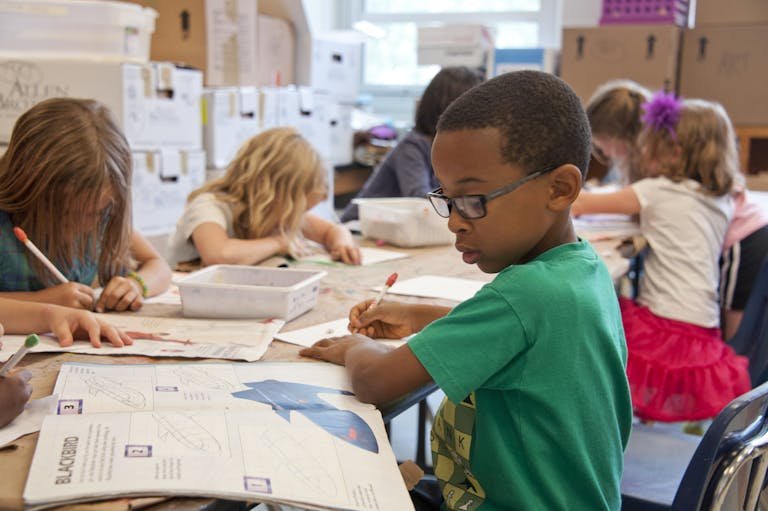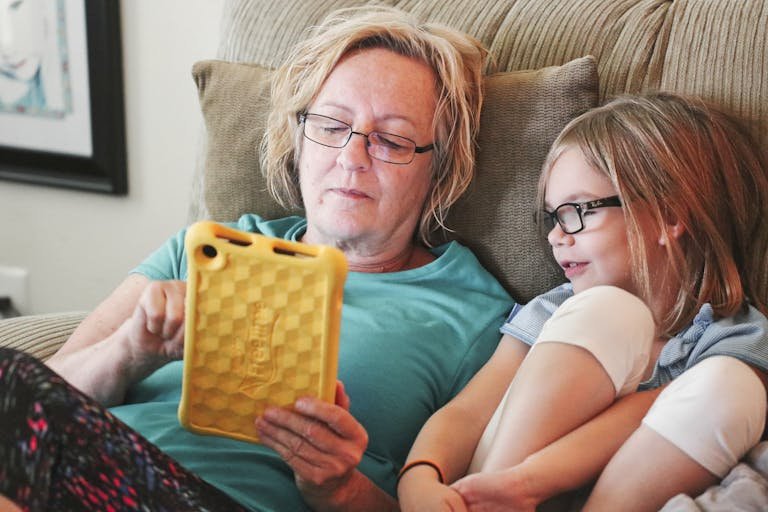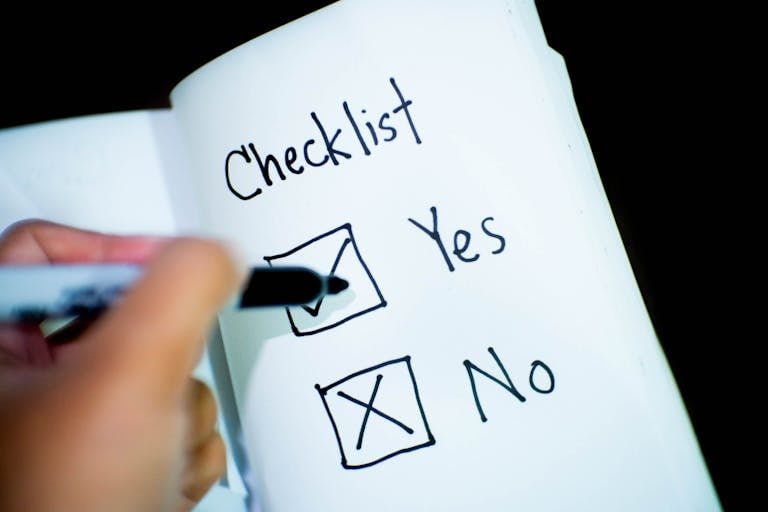ABA Enhances Learning in Childhood Education
Recently, while reading the book “Io scelgo tutta un’altra scuola” by Marzia Bosoni, I was reflecting…
Orders over $15 receive free shipping. Dismiss
Articles intended specially for therapists.

Recently, while reading the book “Io scelgo tutta un’altra scuola” by Marzia Bosoni, I was reflecting…

The ultimate goal of any good ABA program is to make ourselves, the therapists, unnecessary. We want to work ourselves out of a job! We’re there to build a bridge, to teach the skills that help your child learn from their natural environment and thrive in it. The whole point is to get them to a place where they don’t need us following them around with a clipboard and a bag of reinforcers.

Explore the hidden barriers that lead to the exclusion of neurodiverse individuals in our communities. Discover insights and solutions rooted in empathy and understanding.

Toilet training can feel like climbing Mount Everest, even with neurotypical kids. But when you’re guiding an autistic child through this incredible milestone, it often feels like you’ve got a whole new set of challenges to navigate. And you know what? That’s perfectly normal!

Think of your backpack as your mobile command center, your go-to kit for implementing Applied Behavior Analysis (ABA) strategies with precision, capturing vital data, and keeping your learners engaged and progressing. If you’re serious about being an effective RBT, your collection of RBT tools is paramount. Ready to peek inside and level up your session game?

At its heart, AsTeRICS Grid is a multiplatform web communicator. Think of it as a customizable digital board that uses pictograms, images, and text to help individuals express themselves. The “Grid” part refers to its flexible layout system – you can create communication boards with cells containing words, phrases, or symbols that, when activated, speak out loud.

Okay, let’s dive into this! That feeling when you see a note from school in your…

The Behavior Observation for ASD tool, is designed to guide you in gathering and structuring the very information that can be crucial when speaking with a doctor about a potential autism assessment.

Using these boards at home doesn’t have to be complicated. It’s all about weaving them into your daily routines. Here are a few examples:
Example 1: The “What Do You Want?” Board (Requests)
Let’s say it’s snack time. Instead of just asking, “What snack do you want?” and potentially getting frustrated if your child struggles to answer verbally, you can use a simple board with pictures of available snacks: apple slices, crackers, yogurt.